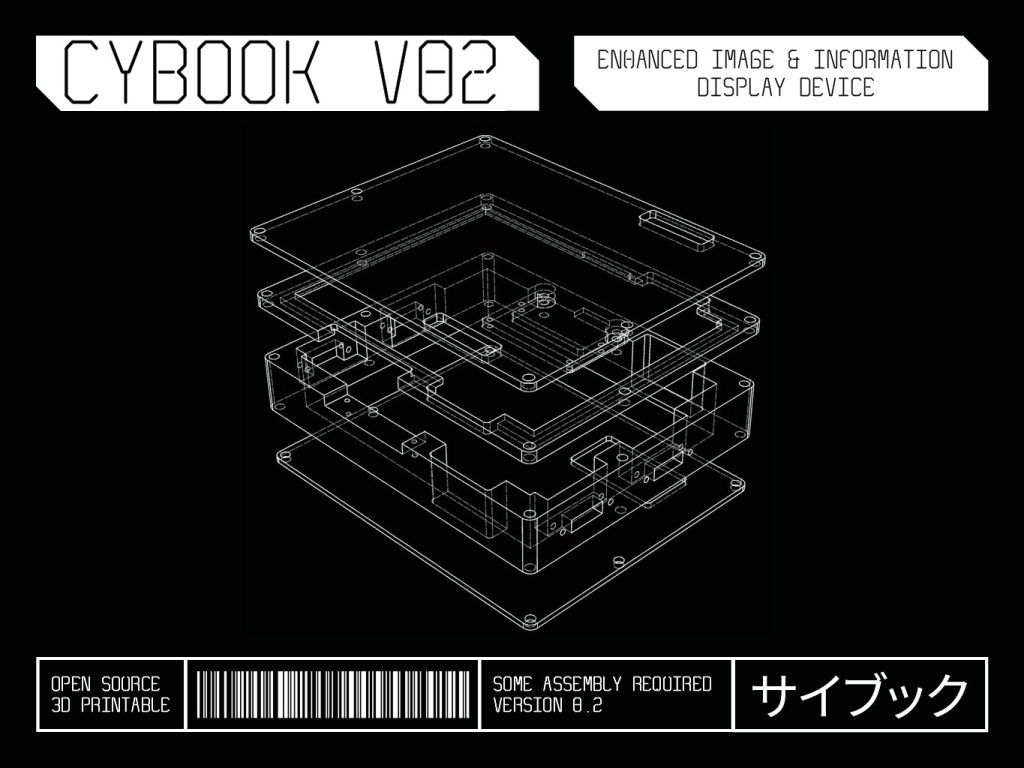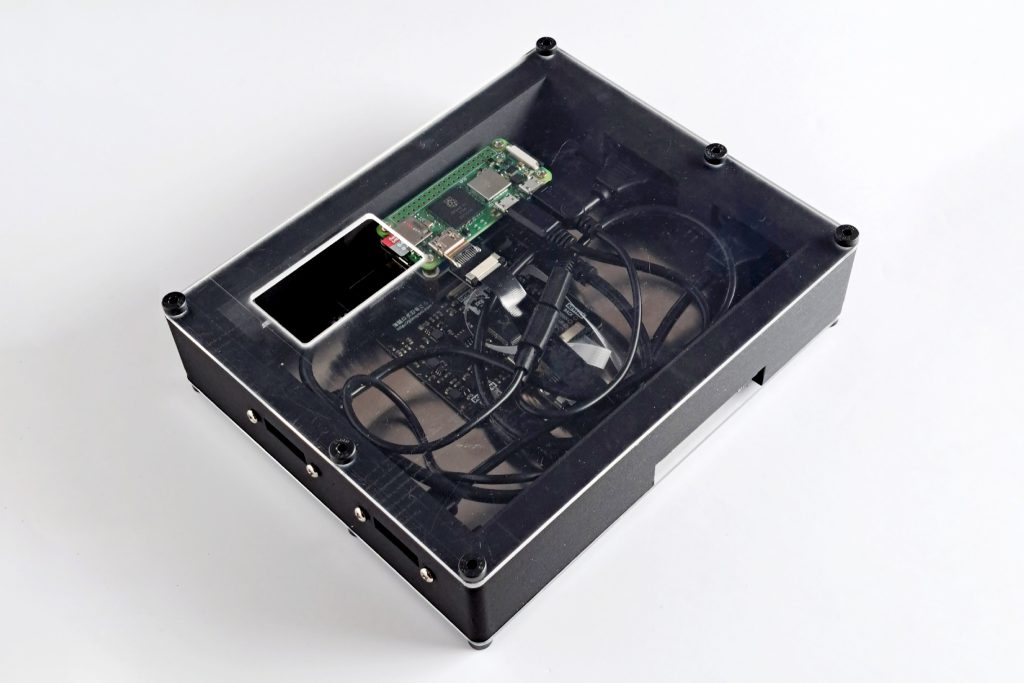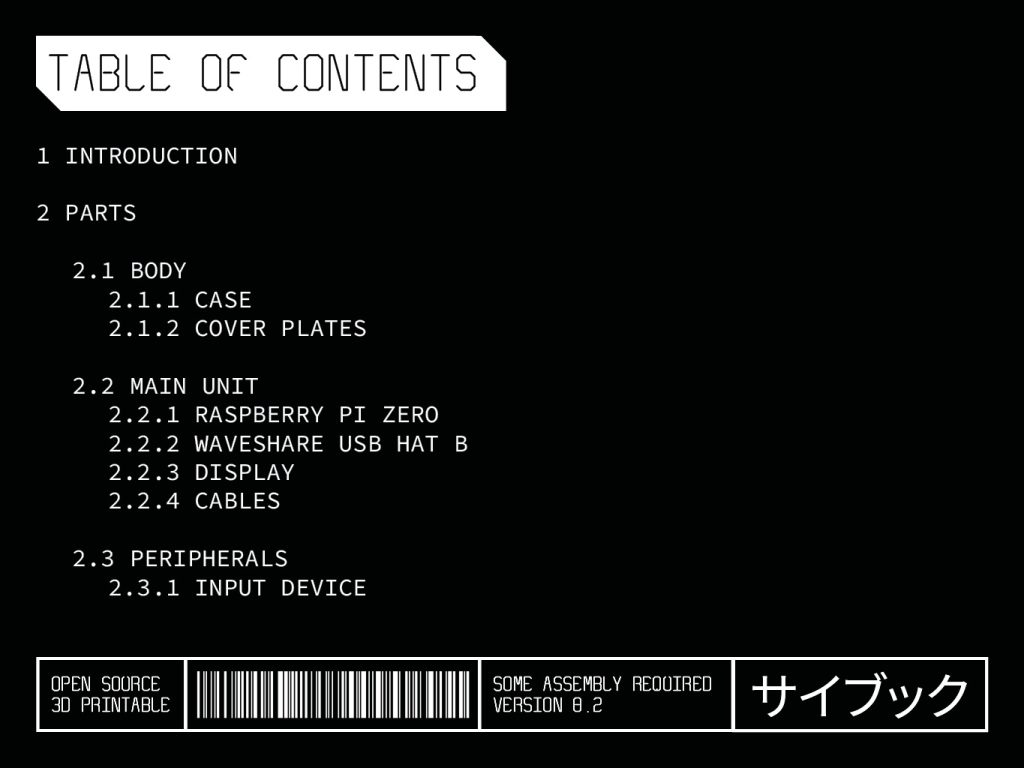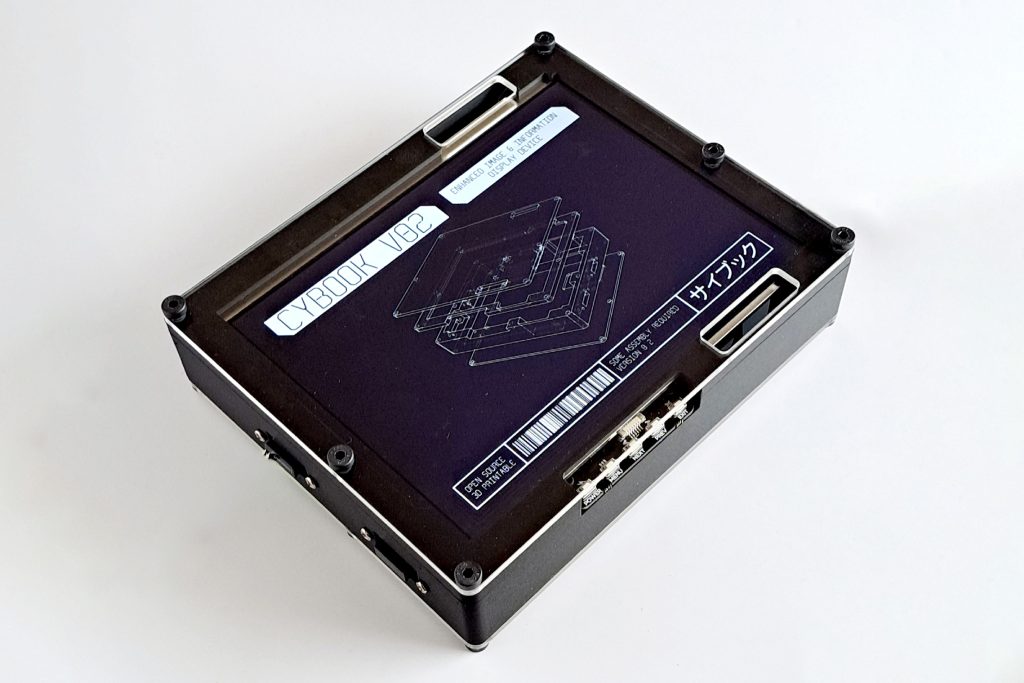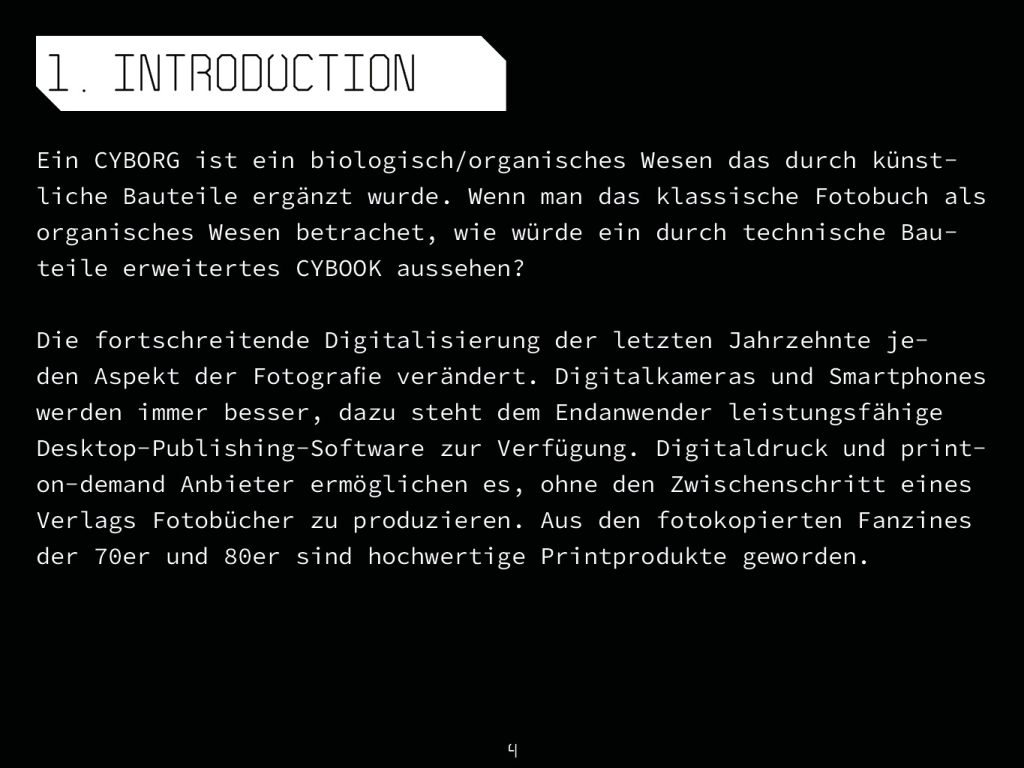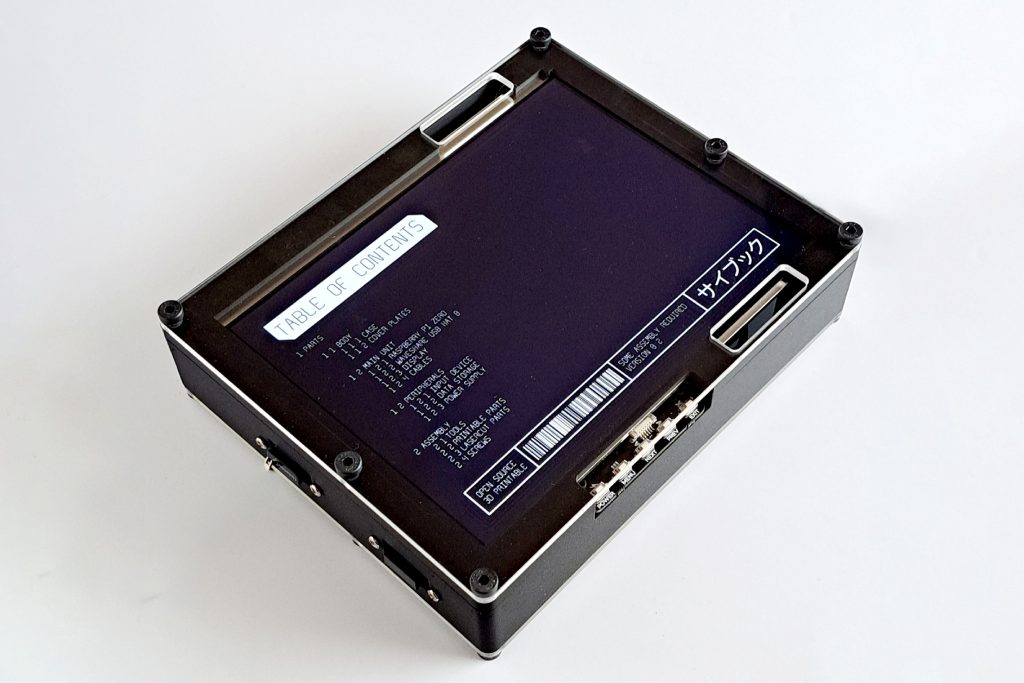Humans have two fundamental approaches to obtaining new knowledge. One is the theoretical way through listening or reading, the other is the practical way through experimentation. In both cases the learner will at some point have to make the leap into the other domain of learning if they truly want to grasp the subject. They will have to either apply their theoretical knowledge to a pracical problem, or formalize and or- ganize the knowledge obtain through practise in a more permanent form. In each case, the written word on a flat surface, is the default mode. The book. Now, the book as a medium hasn‘t changed much during the last centuries. We may have new printing and binding methods but the core form has re- mained the same. A stack of paper, held together by thread and glue, with cardboard and fabric around it for protect. The technologies, ho- wever, which we use to create books and about which we write books have changed dramatically and continue to do so. This process has created a gap between the object from which we obtain the knowledge and the know- ledge itself. What would happen if we could bridge that gap, and update the book as medium? To remove the separation between object and subject, container and content, so that one may aide the understanding of the ot- her? The Cybook (cyborg + book) is an experimental digital photobook build around a Raspberry Pi Zero and 3D printing. Based on the principles of diy and open source, the device contains it‘s own documentation, making the technology inside visible and comprehensible. Self publishing has a long tradition in the analogue realm, the cybook is an update for the digital age. The project documentation and files are also available on- line, so everyone can build their own cybook. Cybook Link sarahkastrau.com Instagram
